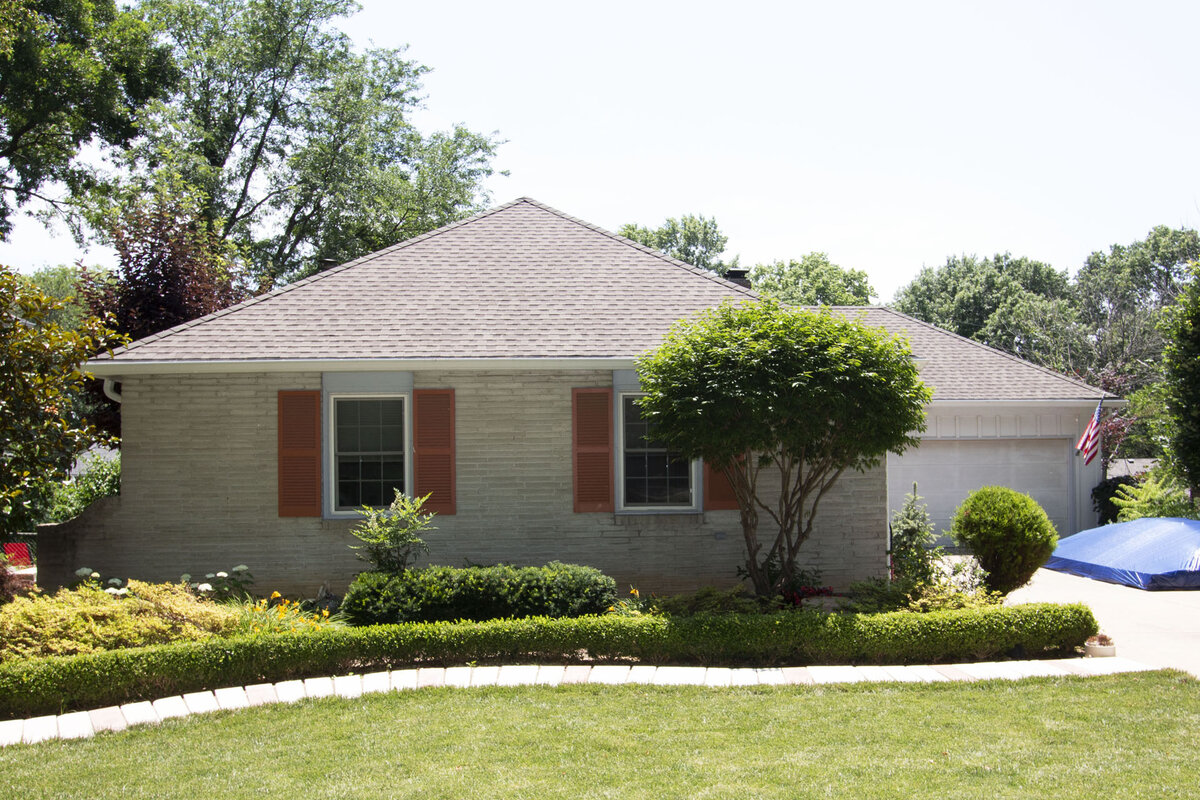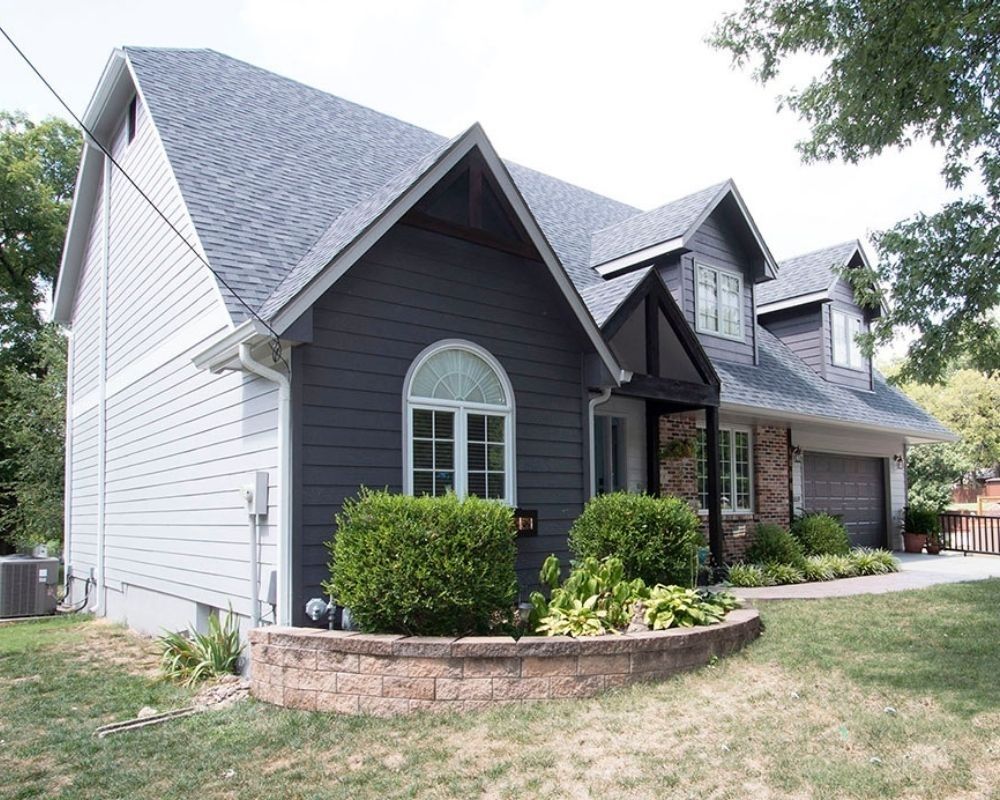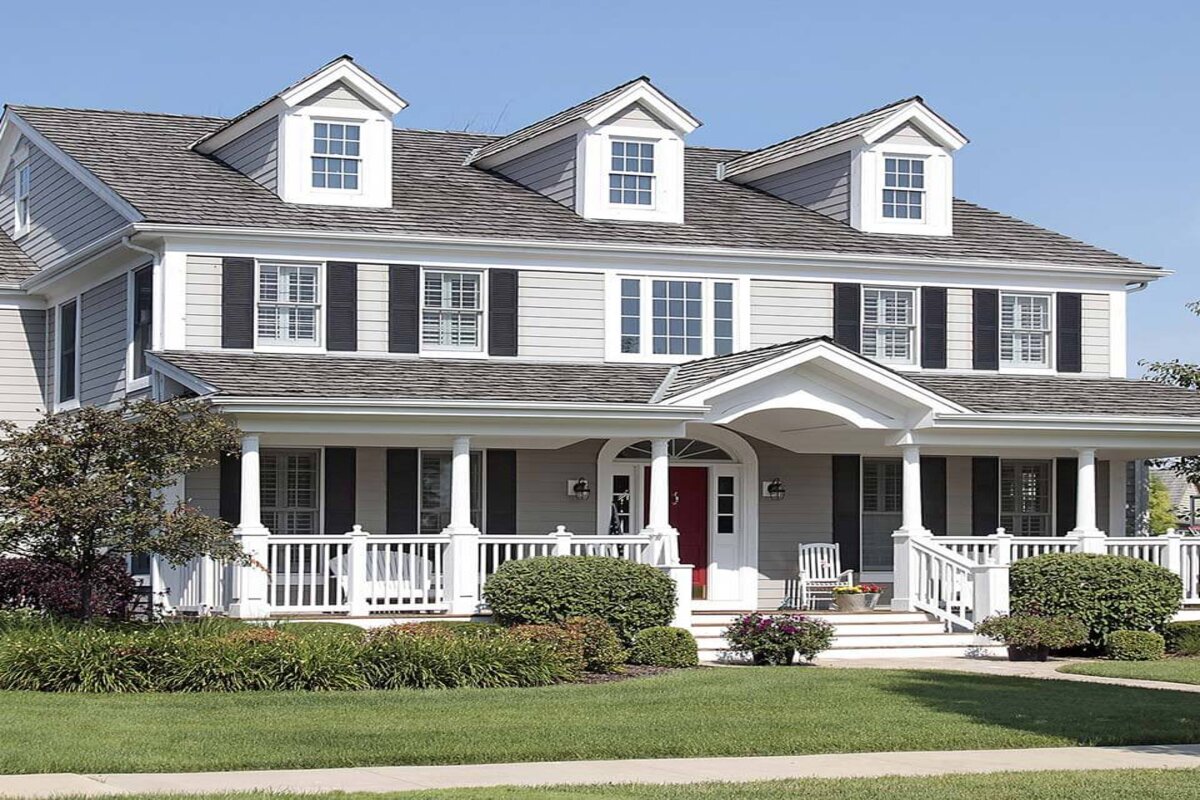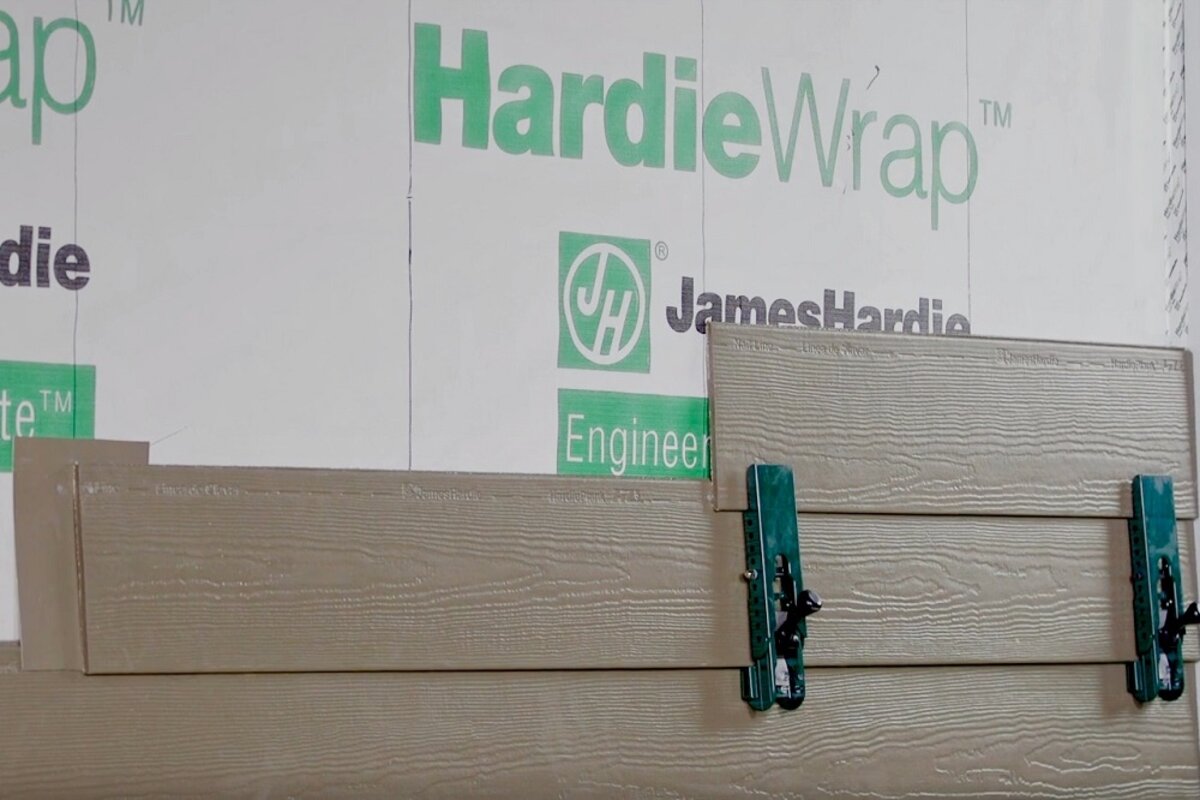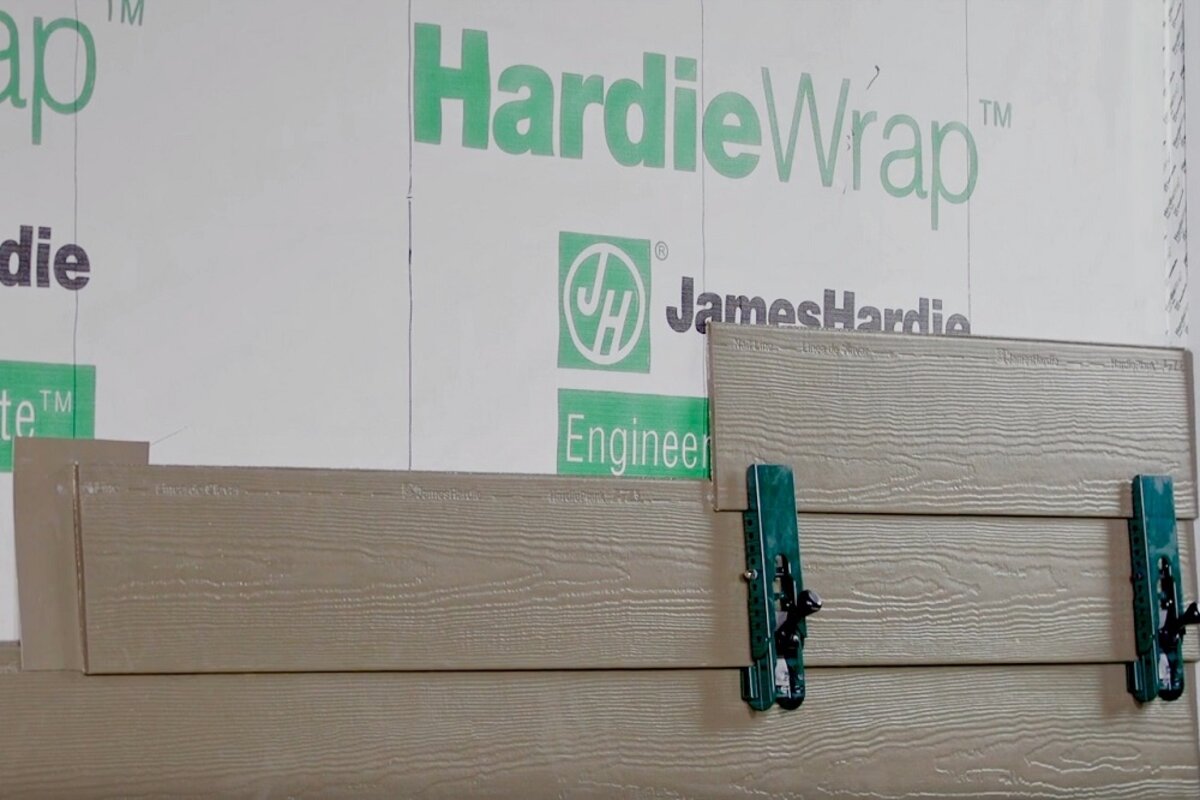Are your old wood windows stubbornly sliding down the moment you turn your back? This common issue isn’t just a nuisance—it’s a potential safety risk. Fortunately, fixing this problem can often be straightforward with the right approach and tools. Let’s explore how to fix old wood windows by examining the common causes and step-by-step solutions for fixing old wood windows that won’t stay up.
Understanding the Problem
One of the most frequent reasons wood windows fail to stay up is due to problems with the window balances. These balances, which counterbalance the weight of the sash, can become disconnected or wear out over time, especially in older windows. Other potential issues include broken pivot bars, damaged shoes, or malfunctioning sash cords.
Tools and Materials Needed
Before you begin, gather the following tools and materials:
- Screwdriver
- Utility knife
- Replacement parts (balances, pivot bars, or sash cords)
- Lubricant (silicone spray)
- Putty knife
- Pry bar
Step-by-Step Fixes for Old Wood Windows
1. Inspect the Balances
Start by inspecting the window balances. These are often spiral, constant force, or block and tackle types. If the balances are disconnected or broken, the window won’t stay up. Carefully remove the sash and check the condition of the balances. If they appear worn or damaged, replace them with new ones that match the specifications of the old ones.
2. Replace the Pivot Bar
The pivot bar connects the sash to the balances and can easily be replaced if it’s broken or bent. To replace it, remove the sash and unscrew the old pivot bar. Install the new pivot bar, ensuring it fits securely into the balance shoe.
3. Check the Shoes
Window shoes, which are small plastic or metal blocks within the frame, can also cause problems if they are damaged. If the shoes are worn out, they won’t hold the window in place. Replace any damaged shoes to restore the window’s functionality.
4. Lubricate the Tracks
Sometimes, wood windows won’t stay up due to friction in the tracks. Clean the tracks thoroughly and apply a silicone spray lubricant. This will help the sash move smoothly up and down.
5. Repair or Replace Sash Cords
In older wood windows, sash cords may be frayed or broken. To fix this, you’ll need to remove the window trim and access the weights hidden within the frame. Replace the old sash cords with new ones, ensuring they are properly tied to the weights and reattached to the sash.
Additional Considerations
While repairing old wood windows can be effective, it’s also important to consider the overall condition of the window. If the wood is rotting or if the window has other significant issues, replacement might be a more cost-effective and long-term solution. Modern replacement windows offer improved energy efficiency, which can help reduce heating and cooling costs.
Why Choose Fairway Exteriors
When it comes to ensuring your windows are in top-notch condition, Fairway Exteriors stands out as the preferred choice. Our team of experienced professionals is dedicated to providing high-quality service and expert solutions tailored to your specific needs. We use only the best materials and latest techniques to ensure your old wood windows are not only fixed but also maintained for long-term durability. Trust Fairway Exteriors for reliable, efficient, and friendly service that prioritizes your home’s safety and comfort.
In Summary
Learning how to fix old wood windows that won’t stay up involves inspecting and potentially replacing the window balances, pivot bars, shoes, or sash cords. Regular maintenance, such as lubricating the tracks, can also help keep your windows in good working order.
If you’re not comfortable performing these repairs yourself, or if your windows are beyond repair, consider contacting a professional for assistance. For more information and expert help, contact us.

